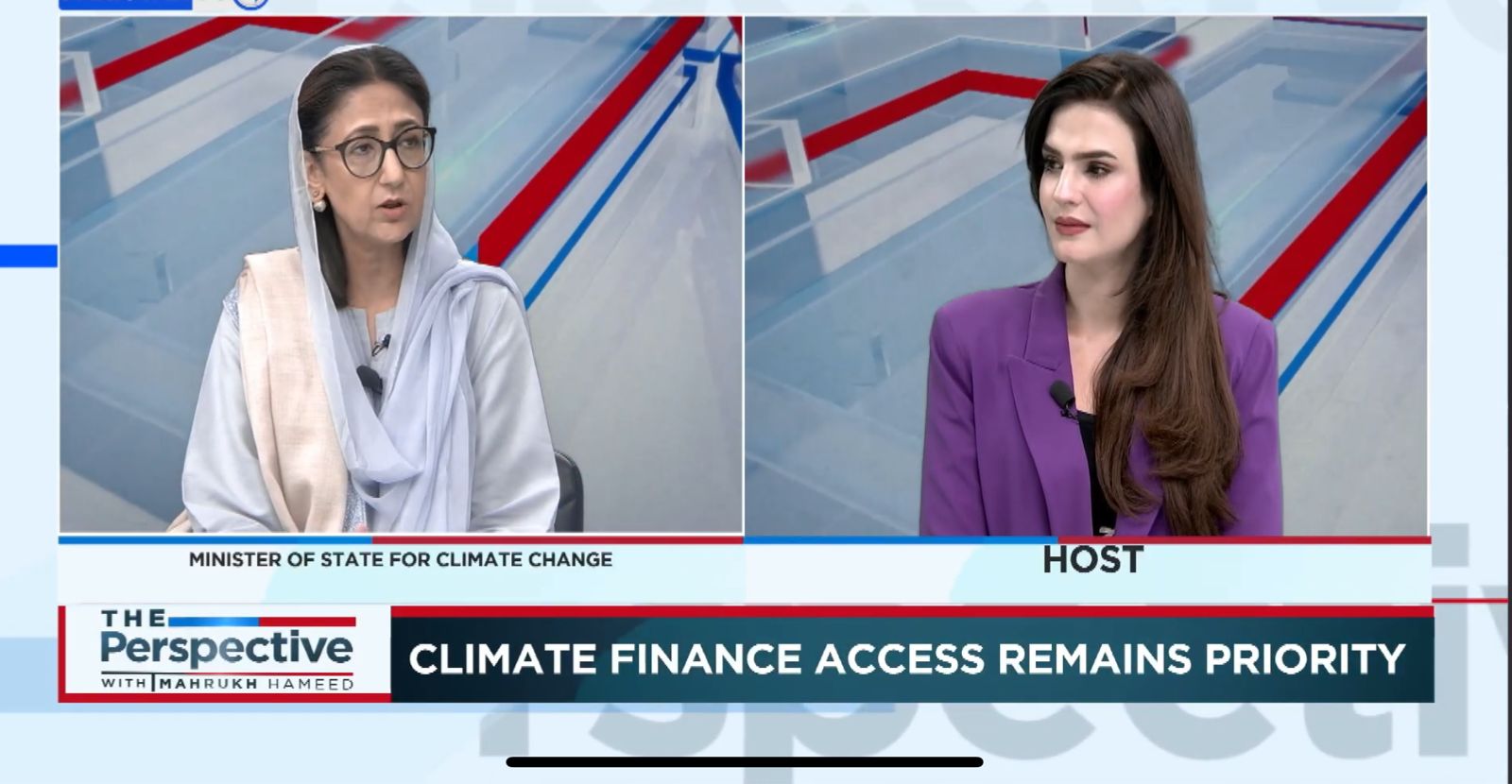ISLAMABAD: Pakistan has emerged as one of the worst-affected countries in Asia’s decades-long agricultural losses, a new UN report says, with monsoon floods impacting over 9 million people and wiping out 849,000 hectares of crops as the country continues to grapple with the fallout of the 2022 catastrophe.
The Food and Agriculture Organization’s (FAO) Impact of Disasters on Agriculture and Food Security 2025 report estimates that disasters have caused $3.26 trillion in agricultural losses worldwide between 1991 and 2023, around $99 billion annually, roughly four per cent of global agricultural GDP.
Asia accounted for the largest share at 47%, reflecting both its extensive agricultural base and heightened exposure to floods, storms and droughts.
In Pakistan, FAO notes that repeated monsoon disasters have fundamentally altered the country’s agricultural landscape. Severe soil erosion, salinization, prolonged waterlogging and damage to irrigation networks have created long-term recovery challenges, with smallholder farmers facing the deepest setbacks. Rural communities still rebuilding after the 2022 floods have been particularly vulnerable to the latest rounds of flooding, which have further disrupted cropping cycles and local markets.
The UN assessment shows that disaster impacts extend far beyond immediate crop losses. Between 1991 and 2023, global disasters destroyed 4.6 billion tons of cereals, 2.8 billion tons of fruits and vegetables, and 900 million tons of meat and dairy products.
This equates to a global daily per capita reduction of about 320 kilocalories, a nutrition gap the FAO warns could fuel deeper food insecurity, especially in countries facing compounding shocks.
The report also highlights the rapid digital transformation reshaping disaster risk management in the agricultural sector. Tools such as artificial intelligence, drones, remote sensing, sensors and mobile connectivity are enabling real-time monitoring, more accurate early warnings and better-targeted interventions.
“Digital technologies are already revolutionising how we monitor risks, deliver early warnings and support farmers’ decision-making,” FAO Director General QU Dongyu said.
He added that digital platforms are helping 9.1 million farmers access parametric insurance, while enhanced early warning systems have enabled authorities to evacuate up to 90% of at-risk populations before disasters strike.
FAO warns that disasters also inflict long-lasting damage on infrastructure, markets, financial systems and ecosystems, impacts that can persist for years. It urges countries to expand assessment tools to better capture both direct and indirect losses, including the differentiated effects on vulnerable groups and the degradation of natural systems.
Beyond agriculture, marine heatwaves have caused an estimated $6.6 billion in global fisheries losses between 1985 and 2022, affecting 15% of fisheries and reducing production by more than 5.6 million tons, signalling growing risks across food systems worldwide.
The agency calls for sustained investment in climate-resilient agriculture and digital innovation, warning that increasingly frequent and severe climate-related disasters will continue to test global and national food security unless long-term adaptation measures are prioritised.




.jpg)



